Edinburgh Castle: A Symbol of Scotland’s Resilience and Royalty
Edinburgh Castle sits proudly overlooking the city on Castle Rock, one of the most recognizable features in the Scottish landscape. It’s vast and intricate history goes all the way back to the first settlements founded there and includes it’s use as a royal palace and a military base. Let’s take a look at the encouraging history of this mesmerizing fortress.
Origins and Strategic Importance of Castle Rock
Castle Rock was a natural fortress long before Edinburgh Castle came into the picture. The steep walls of the rock make it what it is, and it was incredibly useful for early settlers. The rock was formed from volcanic activity millions of years ago. The first known settlement was a fort called Din Eidyn, constructed by the tribe Votadini.
The fort got its name changed to Edinburgh after the Angles seized it around AD 638. The first settlement came with expansion and with it new common infrastructure, like the Royal Mile.
It was a route from the castle to Holyrood Abbey, and the castle served as the main line of defense for the city, making it easier to access the center of Scotland.
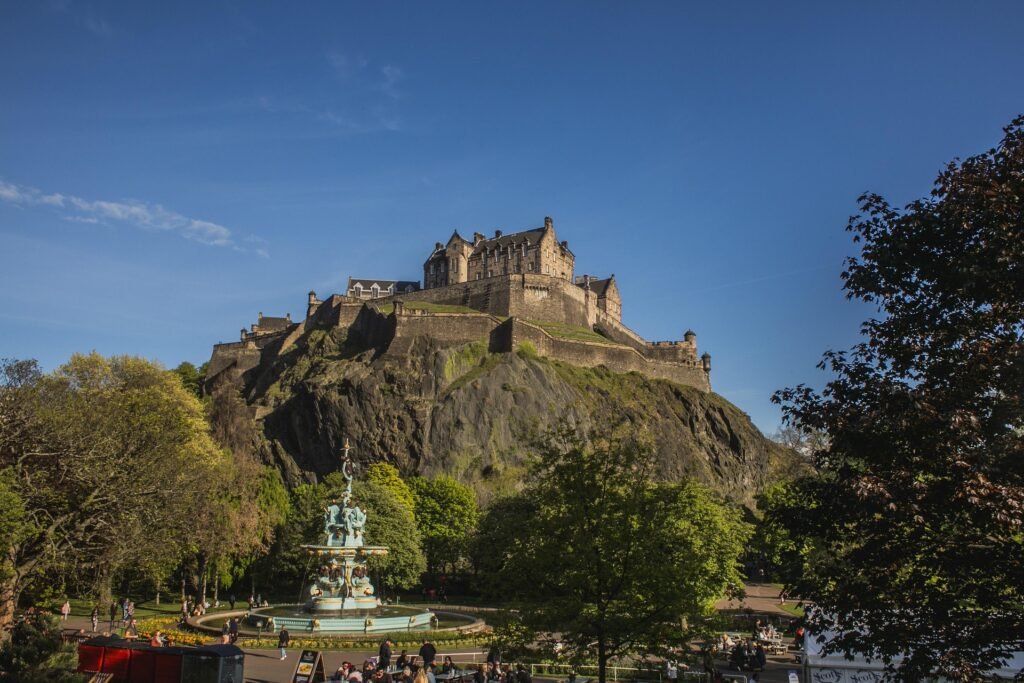
The Construction of Edinburgh Castle
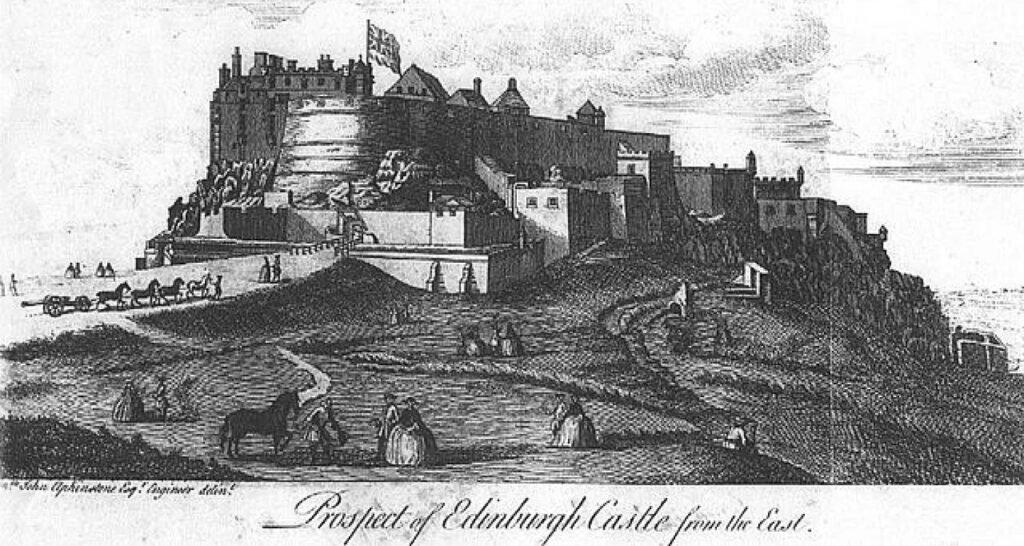
Edinburgh Castle as we know it today started to be built in the 11th century. One of the oldest structures from back then is St. Margaret’s Chapel, which King David I built for his mother and is a beautiful example of early Scottish architecture. By the end of the 12th century to the 13th century, Edinburgh Castle transformed into a core stronghold and royal seat. Its upgrades did not stop there.
Other fortifications were erected alongside additional building constructions to protect the castle, especially because it served as a key point during numerous conflicts, particularly when Scotland’s independence was on the line. David I and his successors take full responsibility for the castle’s maintenance and construction expansion.
Role in the Wars of Independence
As one of the strategic locations during the Wars of Scottish Independence, Edinburgh Castle’s role was critical.
Edward I of England captured the castle in his 1296 campaign to seize Scotland, however by Sir Thomas Randolph’s audacious night raid in 1314, the castle served English troops. The English garrison was astounded by his tactics and swiftly overpowered.
Numerous forces battled for the castle in the coming decades, but the relentless spirit of the Scottish, who were defending the castle, remained constant.
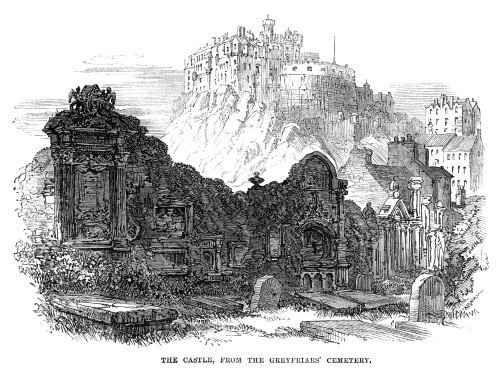
David’s Tower and the “Lang Siege”
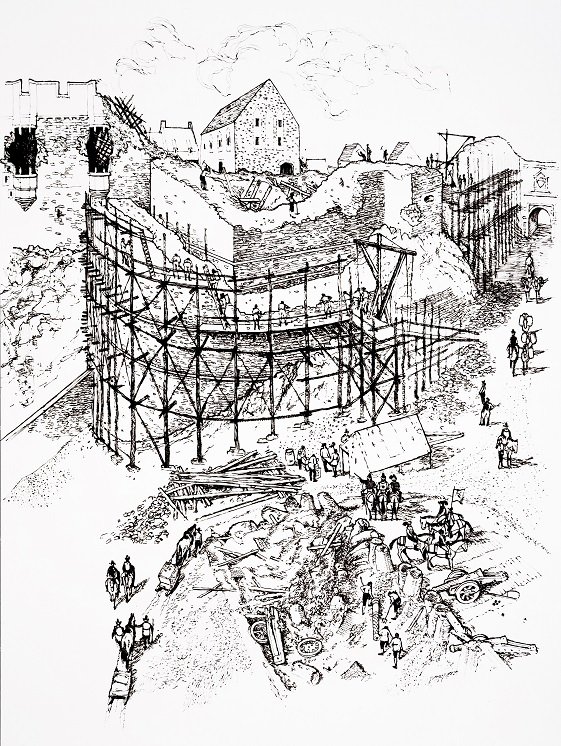
In the fourteenth century, David II, the son of Robert the Bruce, built David’s Tower.
In addition to functioning as the main entrance to the castle, this impressive structure served as the symbol of strength of the castle.
However, during the 16th century, the tower was destroyed in the Lang Siege, which was a rebellion targeted against those supporting Mary, Queen of Scots.
The castle suffered extensive damage, which resulted in the construction of the Half Moon Battery, which still stands today.
Events of Royal Gatherings
Edinburgh Castle remained an important royal residence throughout the Renaissance. It was here in 1566 that Mary, Queen of Scots, gave birth to James VI, who later grew to become James I of England.
Still, Scotland’s royalty relocated to England after the Union of the Crowns in 1603 resulting in a decline in the castle’s royal palace standing. The castle’s function changed to that of a military garrison by the 17th century.
It held soldiers, prisoners of war, and stored tremendous weaponry, even the gigantic mortar known as Mons Meg, Which was introduced to King James II ob 1457 as a gift, a present he accepted in the form of a gigantic cannon. Mons Meg is still one of the castle’s greatest features.
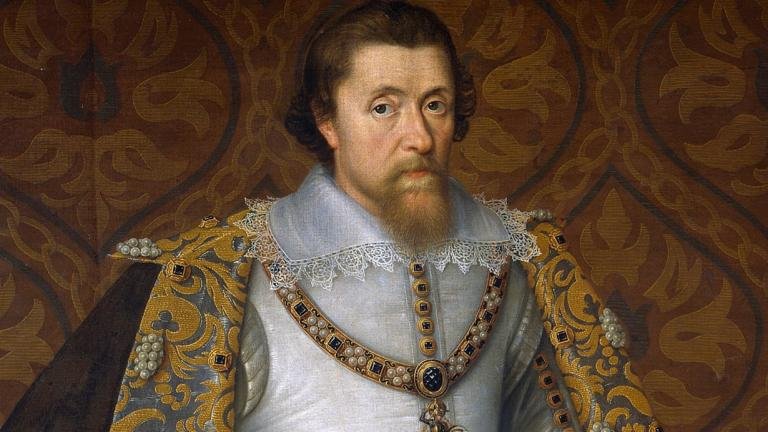
Modern Role and Preservation
Edinburgh Castle became a UNESCO World Heritage Site in the 21st century consequently becoming one of Scotland’s most visited sites which gave rise to restoration efforts in the 19th and 20th centuries. The castle is now the proud location of the Honours of Scotland, the oldest crown jewels in Britain, a crown, sceptre, and sword of state alongside the state crown, which were all claimed to be used first for the coronation of Mary, Queen of Scots in 1543. To protect the Crown of Scotland from foreign forces during World War II, it was hidden in an old latrine closet during battle. The crown remains today in David’s Tower. This story is just one example of how the castle has played a role in safeguarding Scotland’s treasures.
Edinburgh Castle Today
Nowadays, the castle is a centerpiece of several cultural activities such as the Edinburgh Military Tattoo, which draws patrons from all corners of the globe. It also shelters the Scottish National War Memorial, which commemorates those who fought in various wars. Surprisingly, the castle is the most besieged place in Britain having withstood more than 26 sieges in its lifetime. One of the fastest takeovers took place in 1639, when Covenanter forces took control of the castle within half an hour.

Historic Edinburgh Castle is without a doubt an emblem of Scotland’s remarkable heritage and its history of conflicts and strife. The castle represents everything from its ancient roots at Din Eidyn to its modern occupation as a cultural monument. Whether one is wandering within the medieval walls or gazing upon the Honours of Scotland, there is no doubt that a visit to Edinburgh Castle is an experience that offers a stronger bond with Scotland’s history, truly a trip through time.
